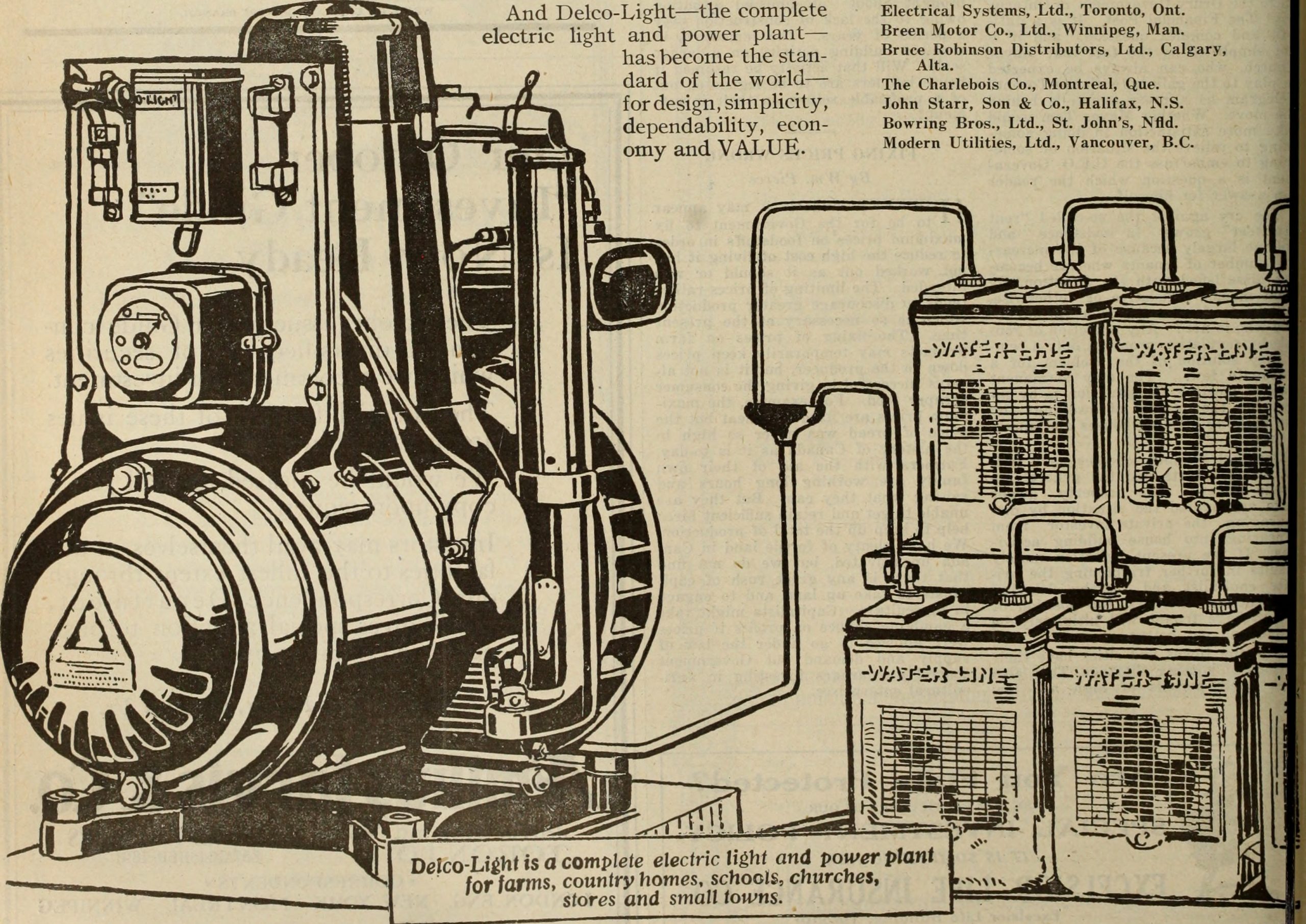We were doing microgrids before microgrids were cool. We did not call our school boiler plants or campus district energy systems “microgrids” until the EPACT flooded the electrical power industry with a new cadre of policy makers, regulators and litigators and we were forced into a vocabulary upgrade.
National Electrical Code Article 705 Interconnected Power Sources: Second Draft Transcript
We resume our engagement (and advocacy) for a few concepts which have tracked in the NFPA and IEEE standards development catalogs since the early 1990’s:
- Nudge development of the National Electrical Code to recognize that loss of electrical power presents (i.e. reliability, availability) a greater hazard, and more frequent hazard, than wiring fire hazard.
- The application of stand-alone AC to DC inverters in the 100 – 1000 watt range to convert DC power from an automobile to households. A portable vehicle to home 120 VAC outlet strip is effectively a “microgrid” and costs less than $100 not including the extension cords.
- Expansion of the hybrid vehicle fittings with a built-in inverter to provide power to households in the 1000-2000 watt range. In contemporary parlance this arrangement is now referred to as “vehicle to home” (different than vehicle to grid)
- Relaxation of NEC prohibitions against the sharing of residential backup generators and electric storage equipment between two or more separate houses. This can reduce cost significantly. Earthing, ground fault, disconnect, overcurrent protection can easily be solved if the vertical incumbents we describe in our ABOUT stop voting against us in the National Electrical Code
- Stepping up the backup power systems that maintain the needed power for neighborhood internet access. Not all students and faculty live on campus.
- Policy makers and regulators should think in terms of setting standards for 10-day, 30-day and 90-day survivability contingencies to limit civil unrest.
- Preservation of contingencies with a judicious combination of absorption and electric chillers no matter what the electric rate. During a major regional contingency power is priceless.
- Promote a “cultural change” among specifiers and university design guideline writers to permit use of aluminum wiring which cost 1/3 less than copper wiring. Use of aluminum wiring for backup “swing feeders” at medium voltage reduces the cost of an additional contingency by 2/3rds.
- Reduce National Electrical Code circuit sizing rules so that distribution transformers within buildings can be reduced, thereby reducing material, heat waste and the reduction of wet-stacking in backup generators which reduces reliability.
This should be enough for an hour. We continue the conversation 4 times monthly with the IEEE Education & Healthcare Facilities Committee. Feel free to join us today with the login credentials at the upper right of our home page.
University of Delaware Vehicle to Grid Research
P2030.12/D1.4, Jun 2022 – IEEE Draft Guide for the Design of Microgrid Protection Systems
A Review on Microgrids’ Challenges & Perspectives
Long-term experience of DC-microgrid operation
Hierarchical Network Management of Industrial DC-Microgrids
— Electrical Knowledge (@electric_4u) July 11, 2024
Mark your calendar for the Microgrid Knowledge Conference session, “Benefits of an Off-grid Microgrid-enabled Community”. This panel will describe the residential site, microgrid, fit to the city’s sustainability goals, and benefits & challenges of going off-grid. Register now! pic.twitter.com/hsAKrERIkj
— MicrogridNews (@MicrogridNews) January 15, 2025








